Duma Team Chyulu Update: 01 April 2006
Participants:
James Mbuthia – team leader Julius Kyalo Isaiah Ndei Nasarwa Esmegere David Wambua 5 KWS Rangers
Area of operation:
During the month of April the Chyulu team patrolled the following areas: Mwailu, Makindu, Ikoyo, Kaunguni, Mukululo, Boma 8, Mathayoni, Kima Kiu, Satellite and Kenzili.
47 SNARES RECOVERED 14 ARRESTS
OVERVIEW CHYULU ECOSYSTEM The Chyulu National park is a catchment area and a number of rivers such as Mankind, Kombi, Thange, and Mtito have their source in the Chyulus. The Chyulus is covered by isolated forest and has numerous hills that make it a very beautiful area.
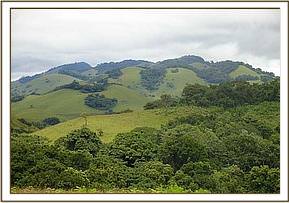
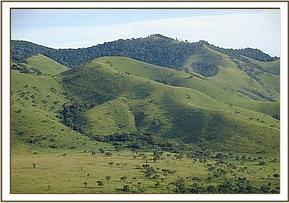
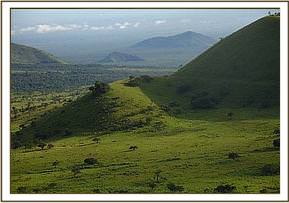
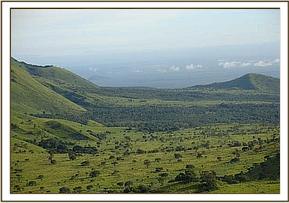

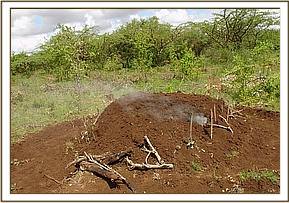
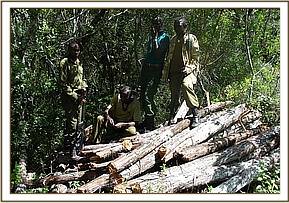
FINDINGS.
The month of April was the official beginning of the Chyulu de-snaring team which has been commissioned to fully operate in the park.
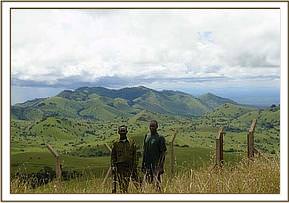
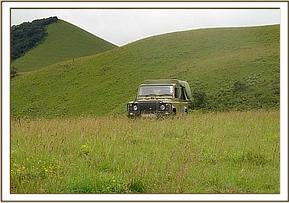

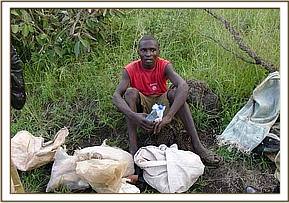
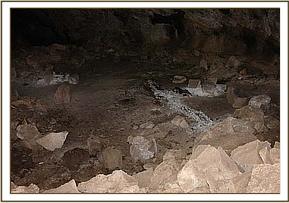
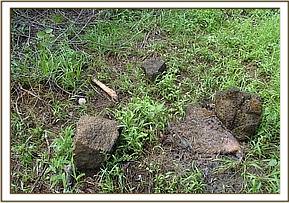
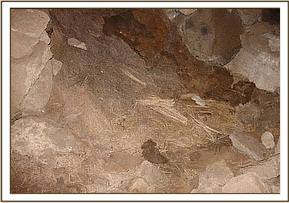

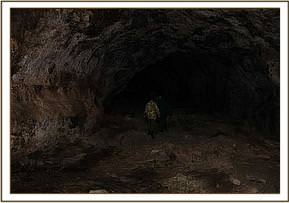
We were able to set ambushes on the main tracks and at various observation posts. The ambushes were well coordinated and very useful. 4 bicycles carrying bushmeat,
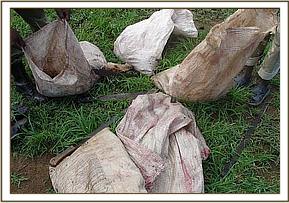
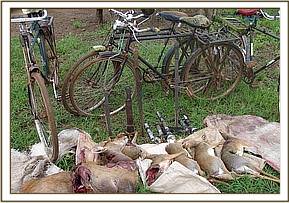
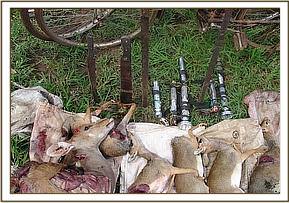

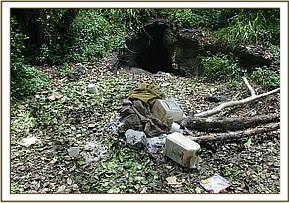
Miraa harvesting is a big business in the Chyulus. Almost all the miraa that is sold from Sultan Hamud to Mombasa comes from the Chyulus.
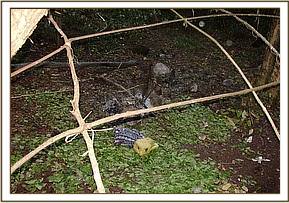
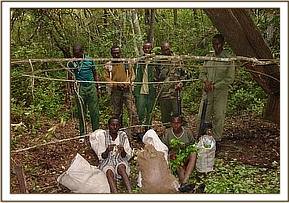

The animals in the park are predominantly migratory moving for the Chyulus to Maasai land during the rainy season. Even through the neighboring ranches have game scouts the team will closely monitor the movements of the animals especially when they are outside the protected area. We observed that there was not a high number of snares in the park as 90% of the animals have migrated to the ranches and the surrounding environs. The heavy rains means that people are busy in their farms which could also account for the small number of snares. We did however lift 47 snares. Next months operations will target the ranches as this is where the majority of the wildlife can be found at present.
Report by James Mbuthia